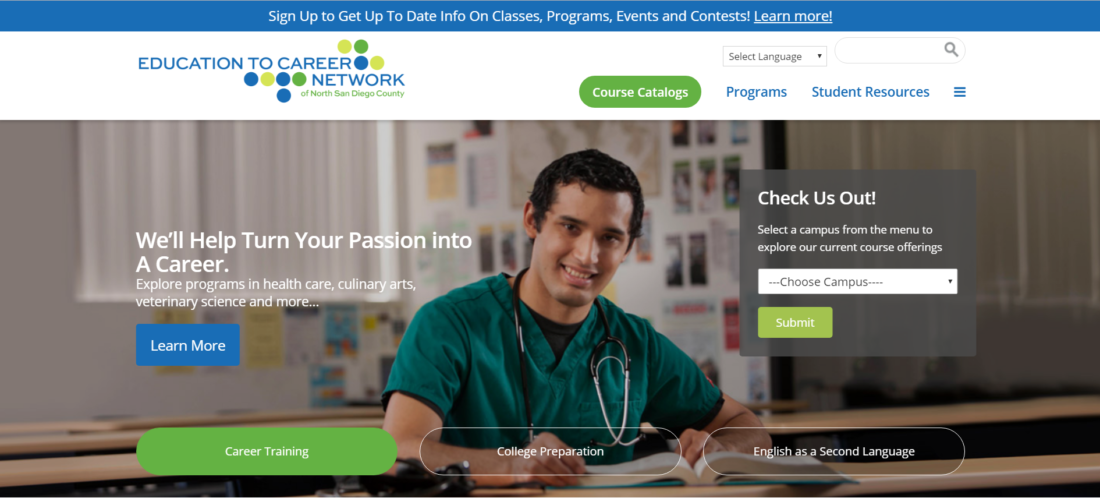Legal Services: Commodity or Brand?
Are your legal services viewed as a commodity or a brand? Law firms are struggling with price pressures from customers and prospects, yet few law firms actively and comprehensively market their services in a branded way.
What is a commodity? It is a good or service whose wide availability typically leads to smaller profit margins and diminishes the importance of factors such as brand name.
What does it mean to be a brand? Branded product marketing communicates higher quality, greater overall satisfaction and the higher likelihood that the product will meet the customer`s specific needs. In the case of branded services, the customer service dimension, including a satisfaction guarantee, is highlighted along with the promised end result.
How are legal services becoming commoditized?
· There are too many attorneys and whenever there is a wide availability of a service, that service risks becoming a commodity.
· Many attorneys are using low prices as a weapon to gain market share, which drives their margins down in order to increase their client base.
· Most people don’t know enough about law to distinguish high quality services so they often focus on low price as their number one factor in choosing an attorney.
How to avoid becoming a commodity?
· Establish a near-perfect track record of quality and success. What percent of cases that you handle are successful?
· Improve your processes to increase speed and accuracy.
· Take time and energy to give clients the attention they need.
· Create high quality marketing messages.
Law firms that seek to build market share and pricing power should develop a branded marketing strategy and communicate their brand promise in a consistent, comprehensive way. Branded product and service marketing are the key differentiators that make a product or service unique.
If legal services become a commodity, it could harm your law firm`s profitability. You will see price wars, lower margins and higher difficulty in establishing differentiation and brand image.







